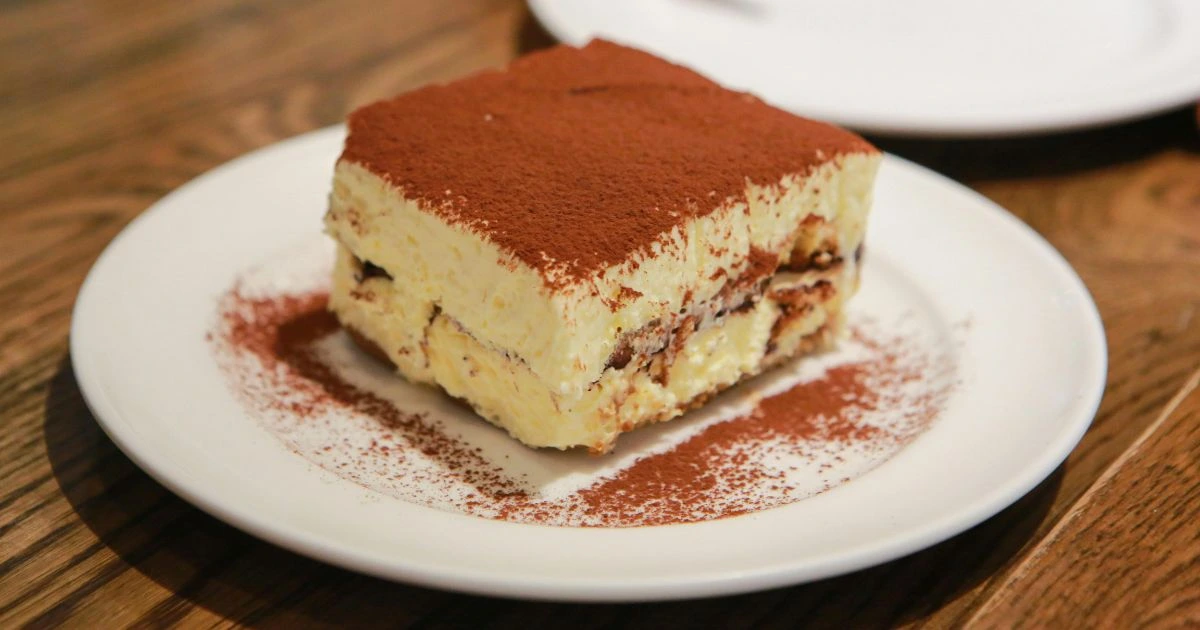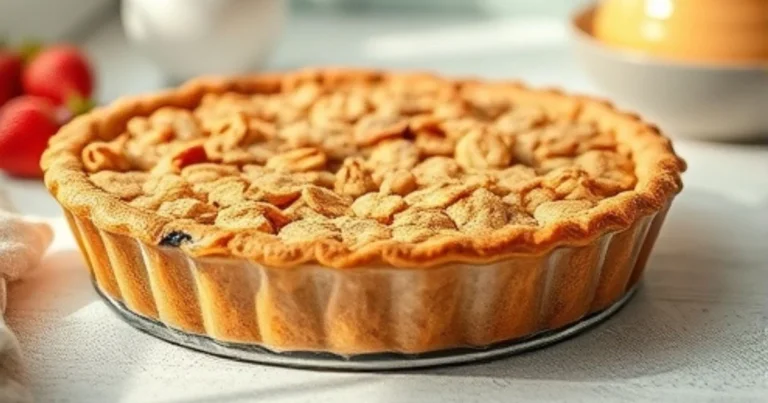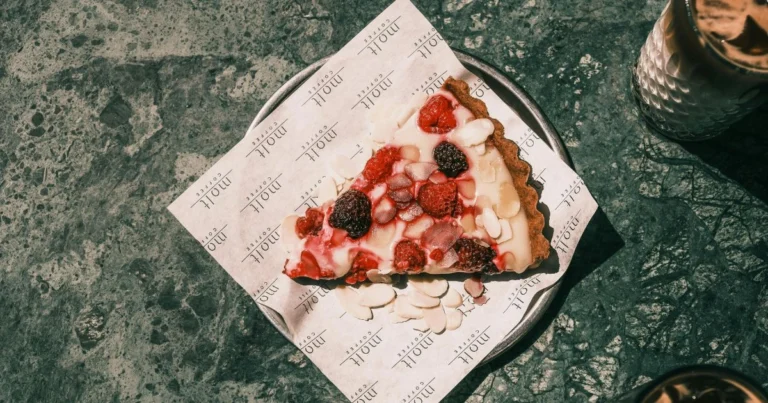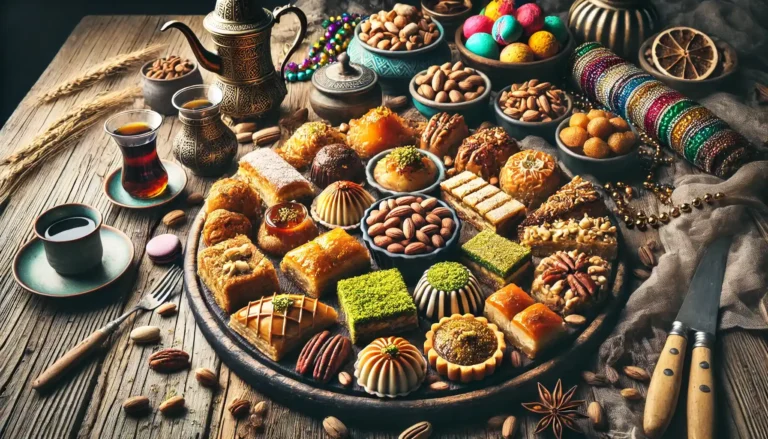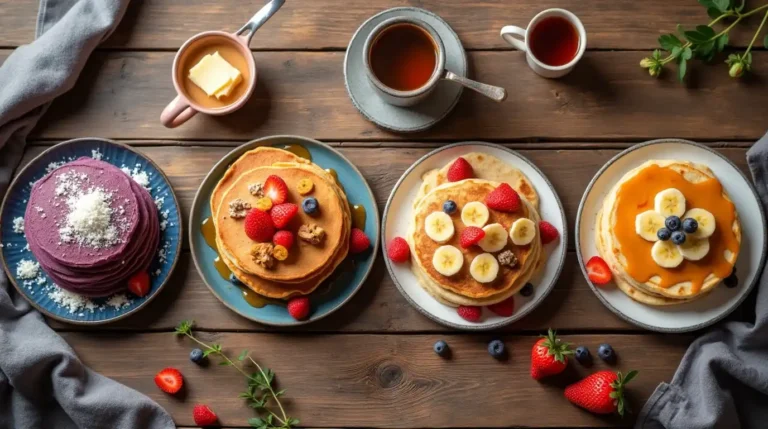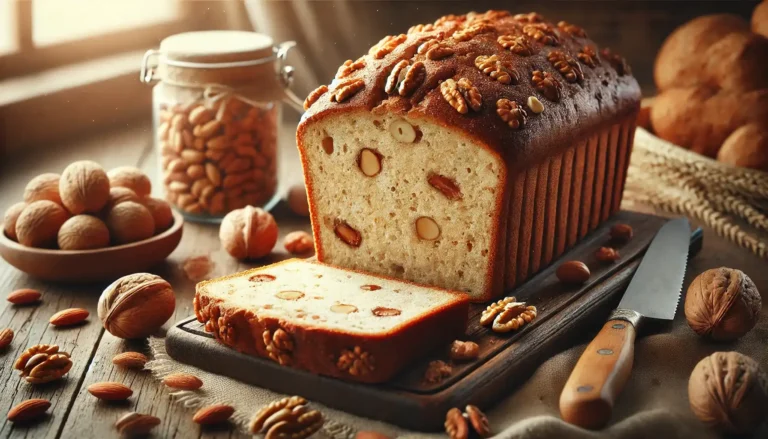Perfect Egg Custard Recipe: Silky Smooth Every Time
Imagine cutting into a perfectly set egg custard that wobbles like silk and melts in your mouth like butter. This isn’t just any custard recipe – it’s the result of extensive testing and traditional techniques to create the smoothest, richest egg custard you’ve ever tasted. Whether you’re making it for a classic tart, serving it as a standalone dessert, or creating a base for other treats, this recipe will become your go-to.
Table of Contents
Why Egg Custard Recipe Works
After testing dozens of variations and consulting with pastry chefs, we’ve perfected the egg-to-dairy ratio and cooking technique that ensures a silky smooth custard every time. Our method eliminates common problems like curdling, wateriness, and that dreaded “eggy” taste.
What Makes It Unique
- Perfect temperature control method
- Ideal egg-to-dairy ratio
- Strain-and-rest technique
- Foolproof water bath setup
Recipe Card
| Recipe Details | Time/Quantity |
|---|---|
| Prep Time | 20 minutes |
| Cook Time | 35 minutes |
| Setting Time | two hours |
| Total Time | 2 hours 55 minutes |
| Servings | 6 portions |
| Difficulty | Intermediate |
Ingredients
| Ingredient | Amount | Notes |
|---|---|---|
| Whole eggs | 4 large | Room temperature, farm-fresh preferred |
| Egg yolks | 2 large | For extra richness |
| Whole milk | 500ml | Full-fat (3.5%) |
| Heavy cream | 250ml | 35% fat content |
| Granulated sugar | 100g | Superfine sugar if available |
| Vanilla bean or extract | 1 pod or 2 tsp | Real vanilla, not imitation |
| Salt | ¼ tsp | Fine sea salt |
| Nutmeg (optional) | Pinch | Freshly grated |
Equipment Needed
- Deep baking dish or ramekins
- Large roasting pan (for water bath)
- Fine-mesh strainer
- Instant-read thermometer
- Cheesecloth (optional)
- Kettle for hot water
Step-by-Step Instructions
Preparing the Base
- Heat milk and cream with vanilla until steaming (180°F/82°C)
- Allow the vanilla bean to steep for 10 minutes.
- Remove vanilla pod if used
Making the Custard Mix
- Whisk whole eggs and yolks lightly
- Add sugar and salt, whisk until just combined
- Don’t create too many bubbles
- Strain mixture through fine-mesh strainer
Tempering the Eggs
- Slowly pour hot dairy into egg mixture while whisking
- Keep whisking constantly to prevent curdling
- Strain entire mixture again
- Let rest 5 minutes, skim any foam
Baking the Custard
- Preheat oven to 325°F (163°C)
- Pour mixture into baking dishes
- Place in roasting pan
- Add hot water to the pan, filling it halfway up the sides.
- Bake 30-35 minutes until edges set but center jiggles
Success Tips
Temperature Control
- All ingredients at room temperature
- Proper tempering technique
- Correct water bath temperature
- Watch internal temperature (should reach 175°F/79°C)
Texture Control
- Strain twice
- Remove air bubbles
- Don’t overbake
- Cool properly
Expert Tips & Variations
What Sets This Recipe Apart
- Double Straining: Ensures ultimate smoothness
- Temperature Control: Specific heat points for perfect texture
- Resting Period: Allows proteins to relax
- Steam Management: Prevents water drops on surface
Creative Variations
- Classic French Style
- Add extra yolk
- Use vanilla bean only
- Finish with caramel
- British Style
- Add nutmeg
- Replace the cream with only milk
- Sprinkle nutmeg over the top before baking.
- Asian Inspired
- Add ginger infusion
- Use coconut milk for part of dairy
- Steam instead of bake
Troubleshooting Guide
Common Problems & Solutions
Problem: Curdled Texture
- Solution: Lower cooking temperature
- Strain mixture twice
- Proper tempering technique
- Use water bath
Problem: Weeping/Watery
- Solution: Don’t overbake
- Check water bath temperature
- Cool slowly
- Proper egg-to-dairy ratio
Problem: Bubbles or Holes
- Solution: Strain carefully
- Let mixture rest
- Tap dish to release bubbles
- Skim foam before baking
Storage and Make-Ahead
- Can be made 2 days ahead
- Store covered in refrigerator
- Don’t freeze
- Serve at cool room temperature
Nutritional Information
(Per serving)
- Calories: 285
- Protein: 9g
- Fat: 21g
- Carbohydrates: 18g
- Calcium: 140mg
Serving Suggestions
- Plain with fresh berries
- With caramel sauce
- In a tart shell
- With stewed fruit
Frequently Asked Questions
Q: Can I use low-fat milk?
A: Full-fat provides best texture, but you can use low-fat with adjusted cooking time.
Q: Why did my custard crack?
A: Usually from overbaking or too high temperature. Check oven accuracy and timing.
Q: Can I make this dairy-free?
A: Yes, with plant-based milk but texture will differ. Best results with full-fat coconut milk.
Expert Resources
- The Culinary Institute of America – Custard Techniques
- French Pastry School – Classic Custard Guide
- America’s Test Kitchen – Egg Science
Master this egg custard recipe, and you’ll have a versatile dessert base that’s perfect for countless variations. Remember that patience and attention to temperature are your best friends when making custard. With practice, you’ll be creating silky smooth custards that rival those of professional pastry chefs!

